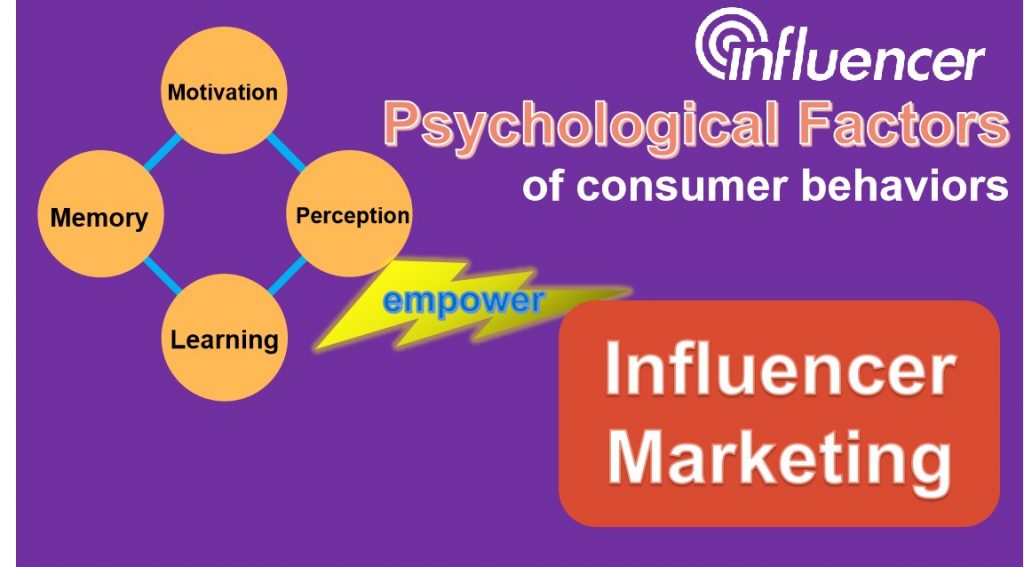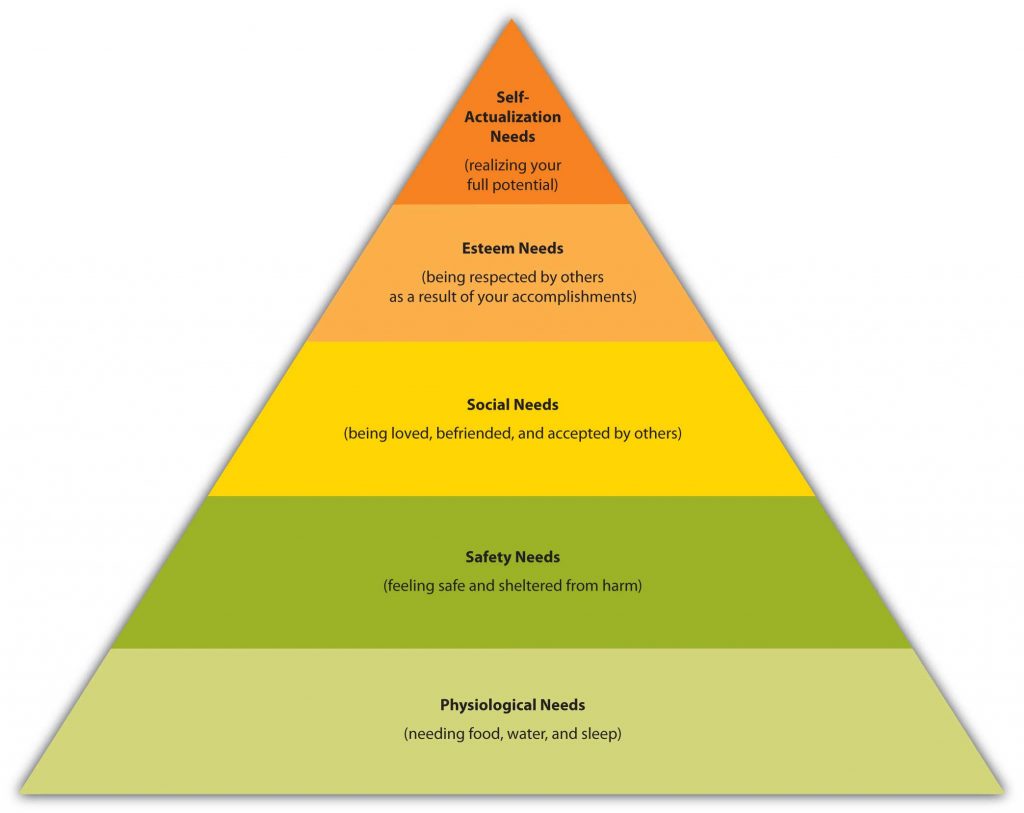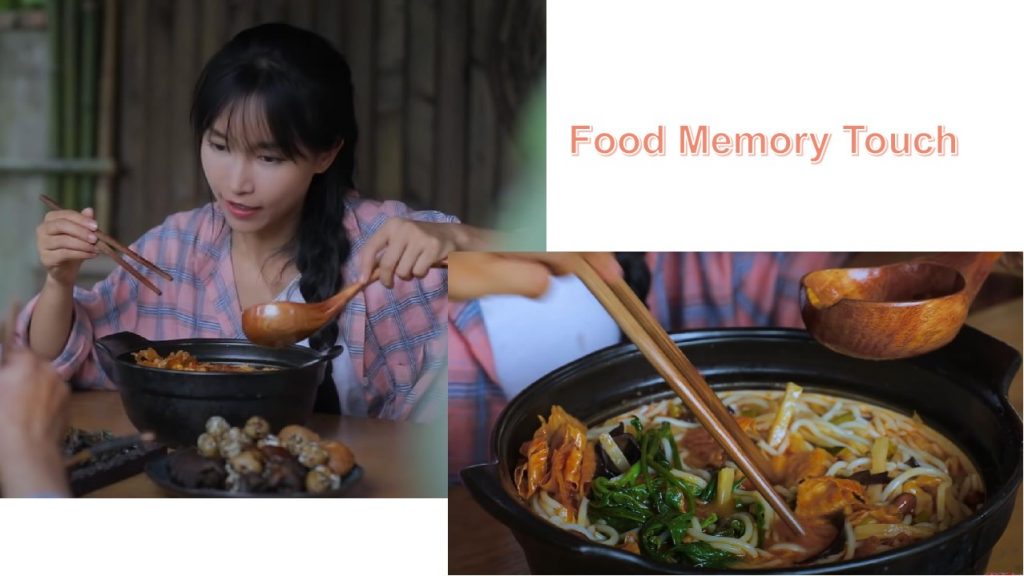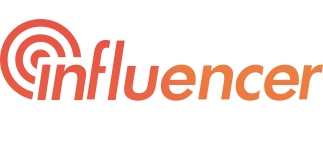Influencer Marketing: 4 Consumers’ Psychological Factors Influencing Your Marketing Performance

Since 2015, influencer marketing has emerged as one of the most popular digital marketing approaches among brand-holders, advertisers, e-commerce sellers, among others. Fueled by various influencer marketing platforms that help to connect brands with influencers, influencer marketing has gradually matured as a usual marketing pattern.
Brands used to spend huge money on advertising to attain brand awareness and recognition. But the unprecedented downturn of economy in the midst of the pandemic has impacted marketing budget across the board. Massive marketers turn to influencer market on account of rising time spent on social media by consumers who have been cooped up at home since the coronavirus outbreak. According to Mediakix data, brands are expected to spend up to $15 billion on influencer marketing by 2022.

Cooperation with influencers serves as a cost-effective marketing approach at a time when the time-and cost-consuming ad campaign is not easy to produce. A short video, a live-streaming campaign, or even a blog released by influencers can bring instant sales rise to brands.
Consumer Psyche Mechanism Behind Influencer Marketing
But why such a high conversion rate and immediate marketing result can be achieved through influencer marketing? Does it make sense to explain this business logic through marketing theories?
Sure it does! There indeed is an invisible hand pushing followers to make a purchase of products or services promoted by influencers. The unique advantages of influencer marketing have been repeatedly discussed by enormous marketing practitioners. Let’s dig deep into how consumer psychological mechanism works in influencer marketing campaigns.
Marketers who align a marketing strategy to consumers’ psychology are those who win. A Salesforce report revealed that 76% of consumers expect businesses to understand their needs and expectations.

Here I will explain the marketing magic in between through a model of psychological factors that affect consumer behaviors in different marketing activities. This model was extended from Maslow’s Hierarchy Needs. Consuming decision is influenced by the working of psyche: motivation, perception, learning, and memory/beliefs.

Motivation
All buying behaviors are triggered by some innate motivation.
The first step to win consumers’ wallets is to give them reasonable motivation, through simulating their demands. Because when demand is strong enough, it turns into motivation. We sleep when we are too sleepy. We drink as a result of dry mouth.
According to Maslow’s Hierarchy Needs Theory, human beings behave for physiological needs, safety needs, social needs, esteem needs, and self-actualization needs.

In most cases, we follow an influencer in order to meet our social needs. So, when we are with such an intention, will we buy the product promoted by the influencer? It can be realized only through converting our social needs into a consuming motivation.
Let’s assume a scene. With an intention to share his recent gaming experience with other followers, a 16-year old boy clicks into a YouTube video, in which Pewdiepie is playing the newly-issued Among Us with friends. Seeing his loving-influencer having so much fun in the video, an interesting moment displayed, what will he do next? It would be very likely for him to purchase that video on the steam after closing the video, desiring to achieve the same social happiness as Pewdiepie.
It may not be a typical marketing scene. But it is enough to explain how a viewer’s social demand is transformed into a final purchasing move. Still unclear? See, in the scenario above, only by purchasing the game can the boy satisfy his social need which could have been directly met through interaction with the influencer or other followers previously.
There are also other needs we want to meet by interacting with influencers. Similarly, a smart marketer is good at leveraging consumer’s different needs to motivate them to pay. Under different circumstances, marketers should choose the right influencer who is brand-fit, making it easier to transform the needs into consuming motivation.
Perception
Then comes the second psychological factor that influences consumer behaviors.
Seeing the same marketing content, will a 14-year ACG enthusiast and a metro white collar make the same reaction?
Absolutely NO.
People’s behaviors are also associated with ones’ perception. Consumers will make different decisions based on their different perceptions, thus education level, and previous experience.
Assuming another scenario. Around March 2020, a nameless vaccine manufacturer advertises its so-called newly-developed Covid-19 vaccine on a web page. An elderly is impressed by this invalidated information when randomly browsing on the Internet. He immediately calls his son who is working in a renowned technology company, urging him to order the vaccine in case of the rising risk of being infected by the virus.
It’s easy to predict that the son won’t believe this marketing message and will criticize his father.
A bit absurd though, it is crucial for influencer marketers to know people with different perceptions will give different judgment to the same marketing content. With careful research to seek out brand-fit influencers to partner with, marketers should keep the promotional products’ style in line with the interests of the partnered influencer and the followers if you want the audiences to make your expected decision. Vice versa for influencers. As a content creator, you’d better cooperate with brands who fit your content style and your followers’ appetite, otherwise, not only expected marketing performance cannot be reached but also failed campaign can turn your followers off.
Learning
With ever-changing personal experience, human behaviors will change accordingly. This is learning. Most human behaviors are formed through learning, including shopping.
iPhone users are very likely to be deeply hooked by its smart function and smooth manipulation. Then trust is built between Apple and its users. Afterward, when iPhone users have a computer or earphone demand, MacBook or AirPods probably is their preferred choice. Because these consumers have learned that Apple’s other products won’t be a bad option now that such a high-quality phone has been produced by the company.

In an influencer marketing case, if PUBG issuer partners with a popular gaming influencer, an excellent marketing performance will be achieved because the followers believe a game recommended by a great gamer is doubtlessly also a great one based on their previous experience about interesting games promoted by this influencer before.
Consumers will cast a good impression from the influencer onto the brands promoted. Conversely, an awful shopping experience brought by an influencer campaign will damage the brand image also. Influence marketing is not a one-off campaign. Consumers’ every newly-acquired experience will cause a profound effect on your brand.
Memory/beliefs
Memory is another trigger of human behaviors. It is hard for us to memorize every piece of information in an event. Our memories are usually woven by fragmented, visualized, and experienced memory pieces. It is the memory piece that easily touches consumers and thus motivates them.
Marketers can be inspired by it in marketing practice. If the marketing content manages to wake up audiences’ memories, consumers are more easily behave as you expect. That is why most influencer campaigns are carried out through daily-life scenes that are closer to consumers’ own experience.
Li Ziqi, a Chinese YouTuber, became one of China’s biggest influencers through her videos of her idyllic life in rural China. Her content resonates with memories of many Chinese city residents who used to live in rural areas in their childhood when many life moments, such as cooking Luosifen, are reproduced in Li’s videos. Luosifen, a kind of rice noodles in China, impressed numerous consumers in China with its special smell. Leveraging people’s impression of it, Li sold her own Luosifen product with a revenue of $463.5 million (3 billion yuan) in 2020.

Conclusion
Followers’ consumption is never a random behavior. The invisible hand, people’s psychological factors consisted of motivation, perception, learning, and memory, is pushing consumers to make a purchasing decision in influencer marketing campaigns.
To conclude, influencer marketers will take a giant step forward when having deep insight into influencer followers’ behaviors. Many components of consumer behavior can be captured through data analysis. But most followers’ behavior data is outside marketers’ readily-accessible view. marketers will their way out on Noxinfluencer.
